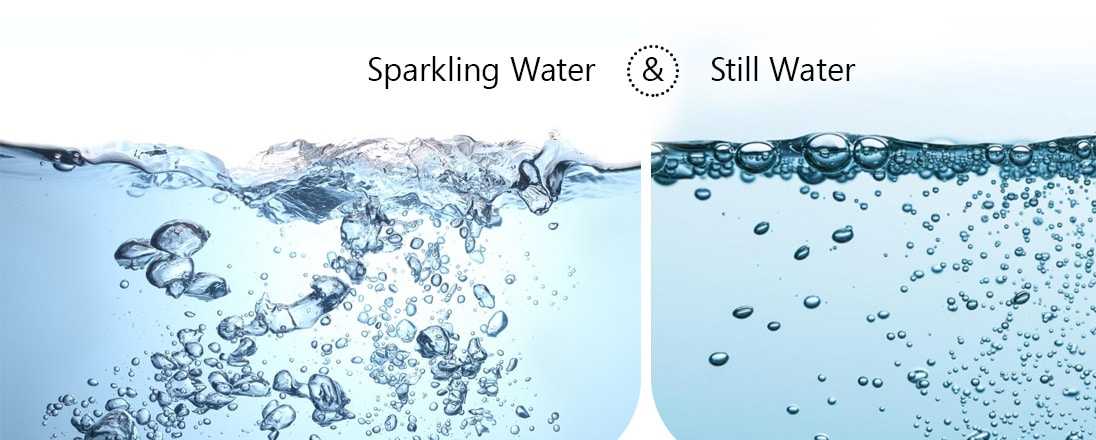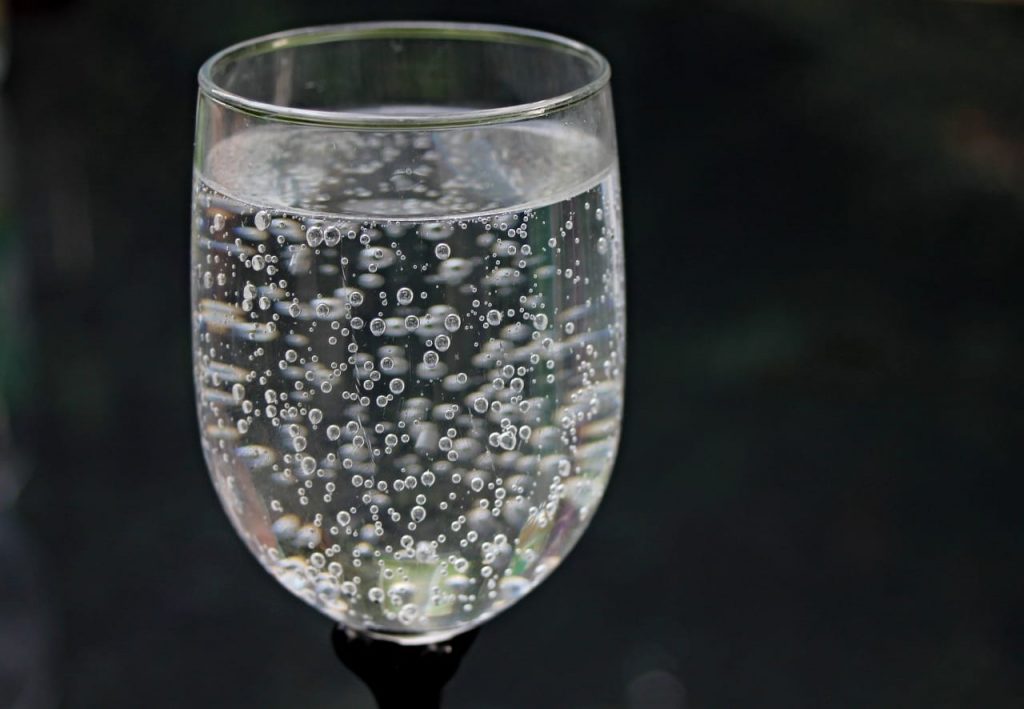
Still Water and Sparkling Water Difference
You spent the past hour at the gym working out and are now on the path to recovery. As you visit grab a refreshing bottle of still water from the cooler, two different options catch your eye — still water and sparkling water. Tap water has always been your own lifeline, but sipping the sparkling varieties is this enjoyable experience. Then, the question hits you. Are there actually any differences between the two of them? After all, they’re both just water, right? Before you replace your old standby with a bottle of sparkling water, consider different processes and flavours and how they relate to your hydration needs.

How is the sparkling water prepared?
There are two forms of sparkling water, the natural form and the artificial form.
Natural gasification: The groundwater reservoir itself releases minerals and the heat adds vapours and gases. The heated water becomes light and ends up, where it is bottled for marketing and consumption.
Artificial gasification: It is the most used process in India and in the countries that produce sparkling water. The water is removed from the source and stored in stainless steel tanks. In this environment, the water goes through a process called deflation, where all the oxygen is removed from its composition and carbon dioxide is added in place, leaving the drinking carbonated water for consumption.
Still Water VS Sparkling Water
Still Water: Retained from hydro-mineral sources in areas protected from pollution, they may have more or fewer minerals, depending on the location. They have natural minerals, so they have therapeutic properties. This still water is naturally potable and suitable for human consumption.
Sparkling Mineral Water: Water originating from the natural source with carbon dioxide, that is, naturally carbonated, with a milder flavour than carbonated water.
Carbonated Water: When drinking water or natural mineral water goes through the artificial process mentioned above at the time of filling.

See: Advantage and Disadvantage of Sparkling Carbonated Water
Does sparkling water hydrate you?
Like mineral water, carbonated water (naturally or by the industrial process) has the same hydrating power.
For people who work out at the gym, is sparkling water better?
Prefer the consumption of mineral water without gas.
When drinking sparkling water pain your stomach?
Sparkling water – has a slightly more acidic pH (5 – 6) than mineral water (neutral pH 7). People with problems such as chronic gastritis or duodenitis may irritate the gastric mucosa if they consume a lot of sparkling water. Due to the presence of carbon dioxide, if ingested in large quantities, the drink can cause a slight dilation of the stomach resulting in mild discomfort.
Is still water compare to sparkling water is bad or good?
In excess, carbonated water can cause some discomfort. Prefer the consumption of mineral water without gas. Drinking water throughout the day is one of the basic recommendations for maintaining health and hydrating the body.

The recommended amount of water per day can vary from person to person and has to do with the level of physical activity of the individual, the ambient temperature, the level of humidity of the air, and other physical conditions of each one.
To make it easier, it is recommended to drink an average of eight 250 ml glasses of water, which is equivalent to two liters per day. Drinking water regularly is essential for health, as about 60% of the body is made up of water.
It is important not to be ingested during meals, but in between them. The habit of drinking water throughout the day keeps the body hydrated, the intestine functioning and improves diuresis. A tip is to carry a small bottle of water on your lap. At work, in physical activity, in any environment. This makes it easier to remember the importance of the liquid for health.
How much sparkling water can you drink?

The required amount of water per day, with or without gas, is about 2 liters or 8 glasses, but this can vary depending on the person’s weight, physical activity or excess, and the presence of some diseases, such as insufficiency kidney or heart failure.
The rare difference between still water and sparkling water
Sparkling water is an option for those who want to get out of the sameness of naturals still water while maintaining health and zero calories. Both versions contain the same nutrients and benefits according to the source from which they were collected. However, did you know that there is a difference between natural sparkling water and natural sparkling water?
It may seem complicated, but they are two different types of water because the frizz results are obtained in different ways.
Sparkling mineral water is the one we find most easily in supermarkets. Her gas is artificially inserted through a process similar to that of soft drinks: the liquid’s oxygen is removed and carbon dioxide is put in its place. In this process, the water is cooled to 5ºC so that it can better absorb CO2 and add it to the liquid.
Water with natural gas also called carbonated or carbonated water, has a natural process from underground heating. The sources are in regions where volcanic activity has been recorded and which have the magma closest to the surface. The region of Vergèze, in the south of France, and the Circuito das Águas, in the south of Minas Gerais, are recognized places for having sources where the water already gushes with gas.
According to experts, the natural gas in these waters is formed through the intense heat of the magma, which heats the aquifer. It breaks down the mineral molecules contained in the water, which release vapors that are incorporated as gases in the liquid later.
The problem is that many natural aerated glasses of water do not have enough carbon dioxide to withstand bottling and comply with national trade conventions. So some brands artificially add a little CO2 to achieve that value.



